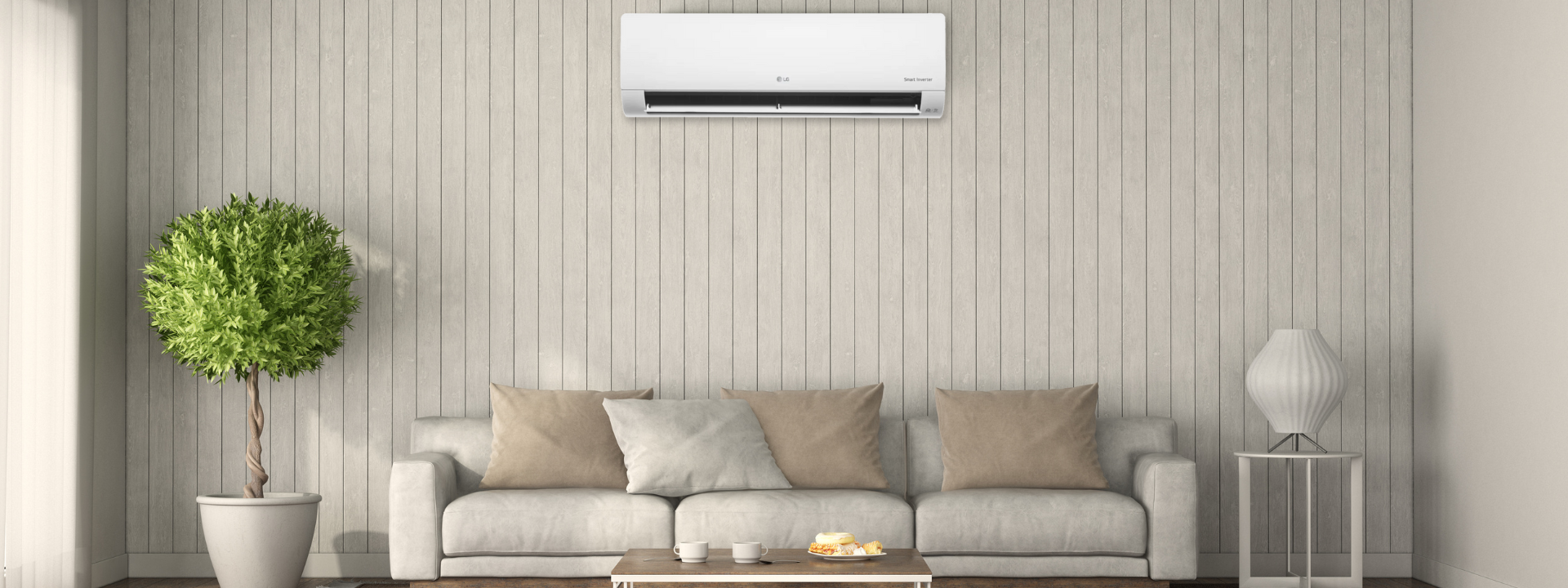Save Money and Improve Efficiency & Safety and Update Electrical Services with Insulation Installations.
Why should I update my home electrics when upgrading Insulation?
What is electrical compliance
When upgrading insulation, electrical work may be necessary due to the impact of thermal insulation materials on the home electrics.
When we do an insulation installation in a home, it can change the insulation environment for the existing cables. This often means the maximum amount of power allowed to pass through the circuit is reduced. In newer switchboards, this might be as simple as swapping some circuit protection devices, while older boards may require an upgrade for compliance.
We also want to provide a complete coverage of ceiling insulation in your home and not leave any gaps, this means that we need a plan for recessed lighting in the home. We can either install downlights that are IC rated (IC stands for insulation contact) or place a downlight cover that is IC rated over the existing light so that we can safely bury it with insulation.
Why do you need to derate circuits?
The maximum amount of power allowed through a circuit according to the Australian Electrical Standards is dictated by the following three things; The cable size, temperature rating and insulation environment.
A cable can be deemed to sit in one of three environments. Free air, where the cable is untouched by any insulation. Partially surrounded, the cable touched insulation on one side. Completely surrounded, the cable is completely encased by insulation.
Typically, batts will create a partially surrounded environment for cables and blow-in will create a completely surrounded environment. As a rule of thumb, the more insulation that goes around a cable, the less power can be safely put through the circuit as the insulation reduces its ability to dissipate heat.
What does insulation have to do with my power?
Adding thermal insulation can reduce the heat dissipation capacity of electrical cabling and appliances. Depending on the type of insulation installed or removed, adjustments to circuit protection may be required to meet Australian Standards.
Why do I need an additional circuit?
When the sizes of the circuit protection devices protecting the existing circuit are reduced, the chance of the circuit tripping when overloaded is increased. We call this nuisance tripping.
While nuisance tripping is not usually a problem for lighting or power circuits in areas of the home such as lounge rooms and bedrooms, nuisance tripping on derated kitchen circuits is quite common. Kitchen appliances such as kettles and toasters draw large amounts of power for short periods of time and can easily trip a 13 amp breaker (the most common sized circuit protection devices that older homes need to be reduced to).
To avoid nuisance tripping, we simply run a new cable with a higher temperature rating to the kitchen powerpoints that allows us to install a larger circuit protection devices on that circuit. That way you can still make your toast and coffee at the same time without having to run to the switchboard.
Download our FREE insulation installation guide
continue reading
Related Posts
When we undertake a wall insulation installation the very first step is to plug the wall cavity if the house is built on a suspended timber floor.
When we undertake a wall insulation installation the very first step is to plug the wall cavity if the house is built on a suspended timber floor.
When we undertake a wall insulation installation the very first step is to plug the wall cavity if the house is built on a suspended timber floor.


